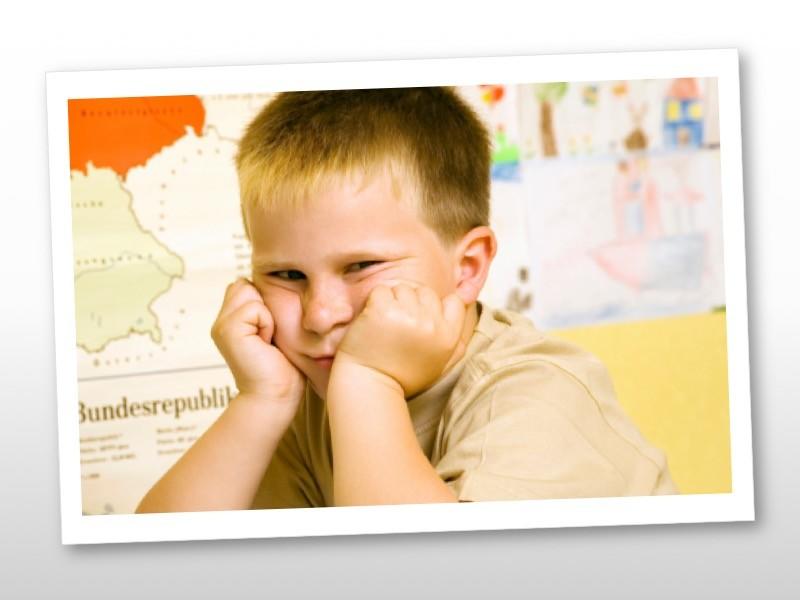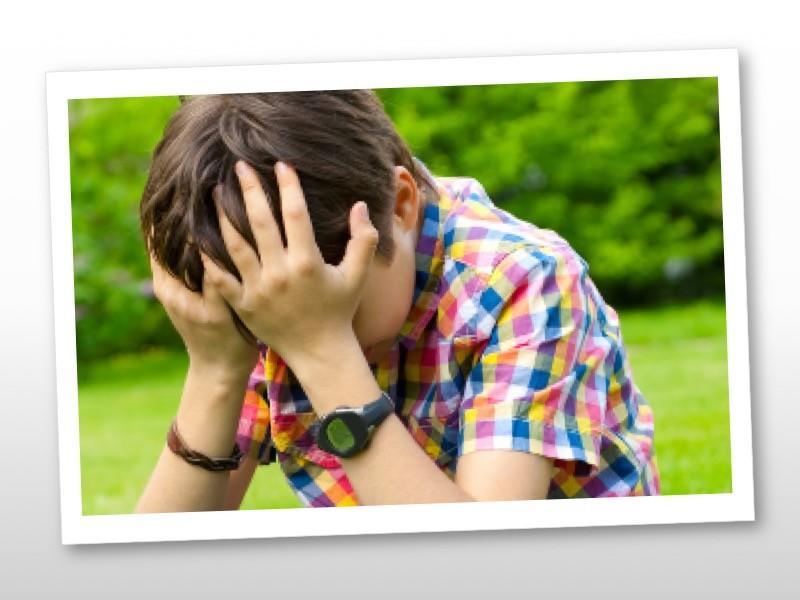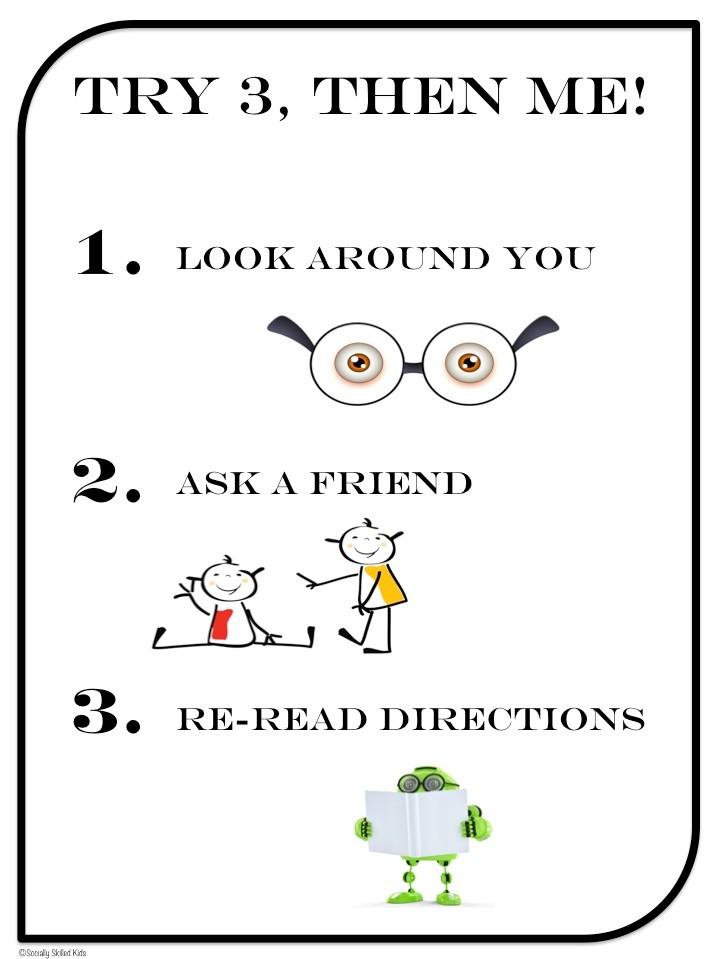PROBLEM SOLVING
Social Problem Solving is the process of changing or adapting to undesirable situations that come up in our day to day life as we engage with others.
For young children, the things they consider to be “problems” come up quite often in their interactions with peers and teachers. And even though we may feel that our students are “over-reacting” by considering the smallest of happenings to be a problem, the problems feel very real to them.
Do your students get upset over:

- not getting the color marker they want
- not getting to be first in line
- not getting called on
- not getting the chair they want
- being told to put something away
- being told to do their work
These small problems offer up a great learning opportunity that will help children be better able to handle future, more potentially significant problems. To take a look at a resource to help your students better understand that problems come in various sizes and should have corresponding, appropriate reactions, click here.
Problem-solving skills are a critical ability for children to begin acquiring, as this skill set determines a child’s success in more than just academics. Proficient problem-solving abilities will contribute to the child’s social interactions and future personal and professional relationships that they will develop within the next decade of their life, as they enter young adulthood. There is a significant association between a child’s ability to effectively problem-solve and his/her level of resiliency and ability to cope with stress, change, or any challenge that is presented to them in their life, including academic demands that will increase in difficulty as the child grows.
At the elementary level, problem-solving abilities can be taught by guiding children through the process of breaking down a simple task into achievable and progressive steps while also showing how thinking outside the box is essential when solving problems.
In other words, the child must develop the ability to use a specific method to solve the problem (i.e., information that they already know as a result of past experience/prior knowledge) and at the same time be able to adapt to any unexpected variables or curveballs that they may face (i.e., apply what they know to a new circumstance or situation).
An Example Of Practicing Problem-Solving Skills In A Social Situation
Billy is walking to his desk and accidentally bumps into Tommy. Tommy becomes upset, gets up from his desk, and shouts at Billy.
Ask Your Student(s), What should Billy do?
They will likely know that the correct response would be for Billy to 1) avoid shouting back, 2) apologize to Tommy, and 3) then let Tommy know that he bumped into him accidentally.
Next, present the unexpected variable:
Sally gets up from her desk to defend Tommy and shouts at Billy. What should Billy do?
Your students will likely need help thinking this scenario through to come up with a solution that helps the problem, while maintaining appropriate behavior.

When a child understands social problem-solving, he/she will be able to consider how to best handle the social issue and the child will also know how to manage any unexpected circumstances that may arise.
Social problems come in many versions and with numerous possibilities, which is why it is important for the child to learn a basic method to solving problems, as well as the ability to think abstractly and navigate the unexpected.
Problem Solving Methods
There are many methods to solving problems. In the elementary classroom, the best methods will likely be quick and involve few, easy to remember steps.
1. Trial-And-Error
This method works for a lot of small problems. For this method, tell your students to “try it” and if it doesn’t work, “try it again” and if it still doesn’t work, “try it another way.”
You’ve probably heard the phrase, “Try 3 Then Me” This phrase is meant to encourage children to try 3 ways of solving a problem before asking the teacher for help. Most often the 3 things to try before asking the teacher for help are;
- Look at what others are doing
- Ask a friend for help
- Review directions if there are any
2. Brainstorming
This method works great for those problems that do not have to be solved immediately, but can wait for a plan to be formulated. For example, a child who is having trouble getting his homework done can brainstorm ways to do better. Some ways to brainstorm with your students may include;
- List any ideas that come to mind on a piece of paper
- Discuss ideas verbally
- Individual
- Group
3. Creative or Flexible Thinking
This method is helpful for problems that do not have a specific or obvious solution and can’t be “fixed.” An example of this could be if a student is unsure what to do during indoor recess because they really love swinging on the swings outside. Creative or flexible thinking often takes an adult to facilitate, at least until the student becomes really good at doing this. To facilitate a student in creative or flexible thinking ask them;
- To think about a solution that would be similar to what they wanted
- To consider other things that they like or other ways to do things
- To remind themselves that they may be able to have what they want another time
In the early childhood classroom, it is essential for children to learn how to solve small problems as independently as possible so that they learn the valuable skills of problem solving and so that the teacher can continue teaching the class without needing to stop every time a student experiences a small problem.
These skills will transfer to solving academic problems where the child will be able to not only use information that they know, but will also be able to apply their academic knowledge to new problems or circumstances.
Would you like in depth activities to target Social Problem-Solving in a fun and interactive way? Click Here to take a look at my Problem Solving Activity Set.
Thanks So Much and Happy Teaching!
Cindy ~Socially Skilled Kids

Grab your free try 3 then me PDF!
Sign-up and receive your free resource!

